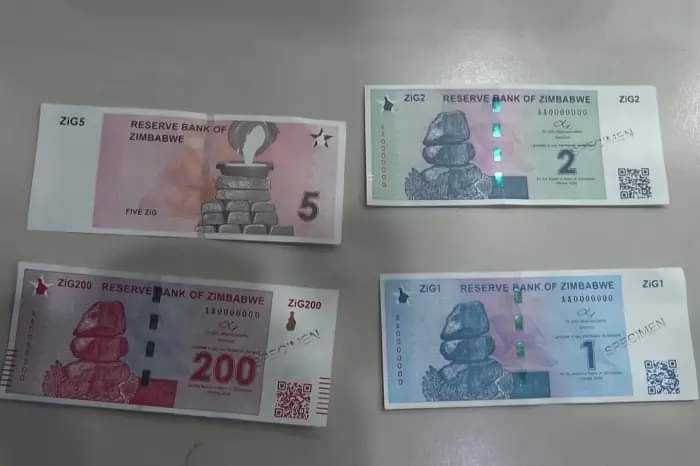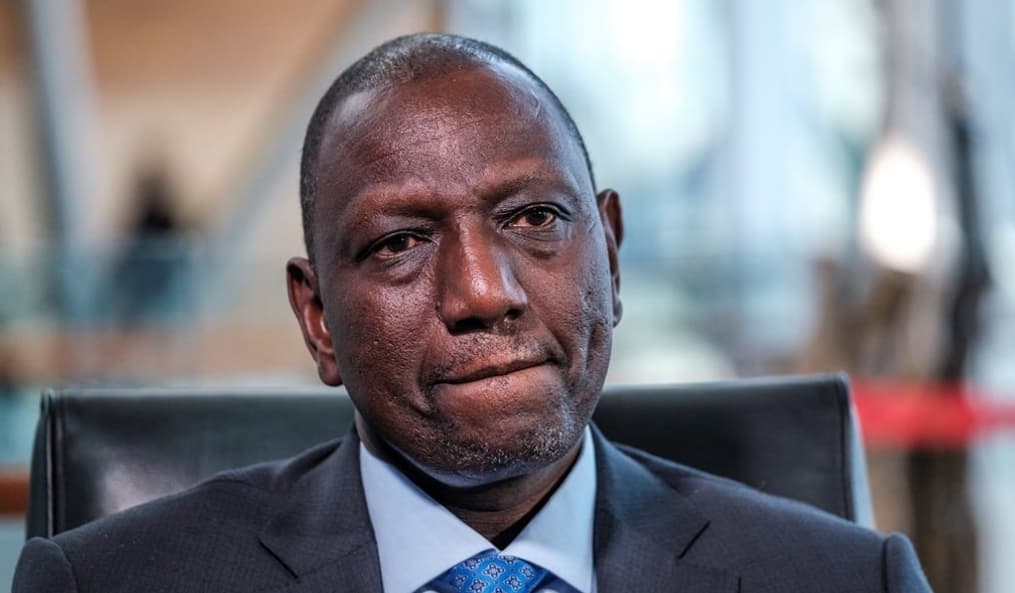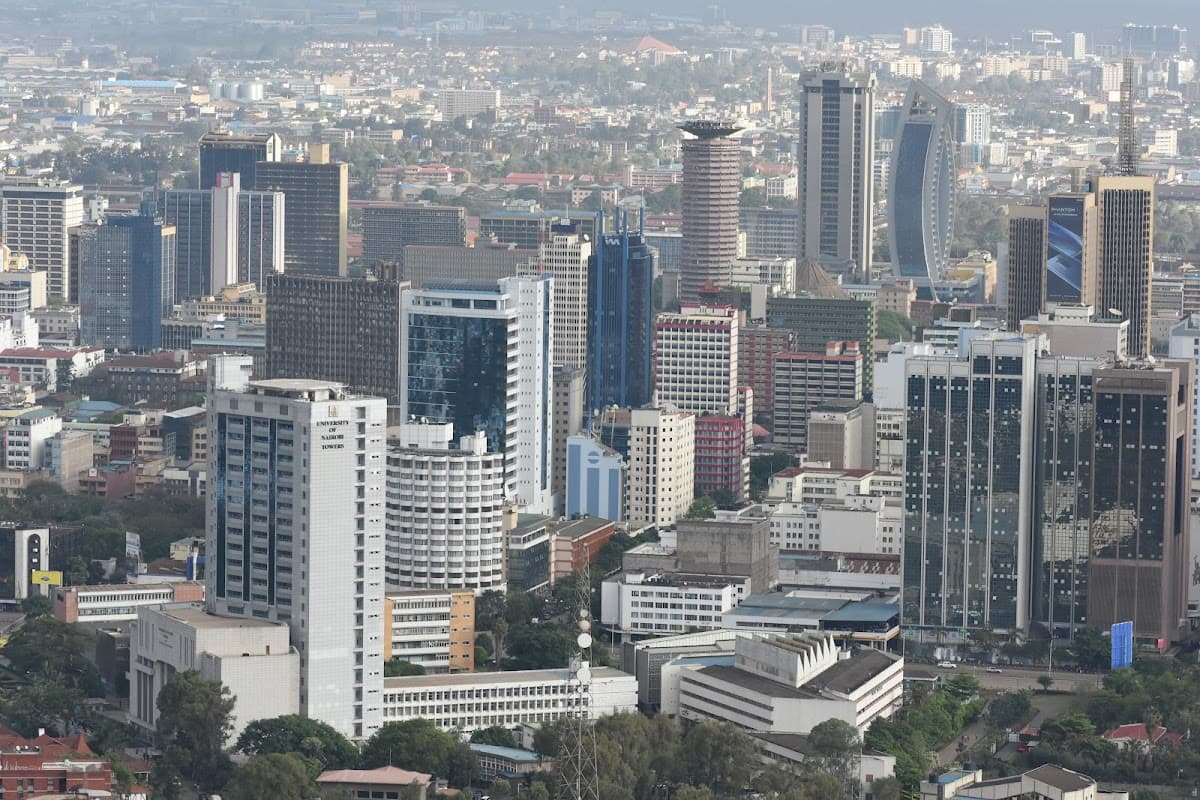Zimbabwe's gold-backed currency, the ZiG, devalued by 43 percent on September 27, remains under pressure.
Zimbabwe's newly introduced gold-backed ZiG currency has been devalued by 43% as the country's central Bank raised the benchmark interest rate from 20% to 35%.
The ZiG, which replaced the Zimbabwean dollar in April, now trades at 24.4 per U.S. dollar, down from 14 per dollar previously.
The Southern African country was then replacing its collapsing Zimbabwean dollar with the new currency – Zimbabwe Gold (ZiG) – in the hopes that it will be more stable and help bring down inflation.
The introduction of the gold-backed currency was expected to stabilise the currency situation, leveraging Zimbabwe's gold reserves to instill confidence in the new monetary initiative..
According to official data, Zimbabwe's gold deposits have played a significant role in the country's economy, as the precious metal accounted for nearly 25 per cent of the nation's total exports in January 2024.
Experts had questioned whether Zimbabwe has enough reserves to adequately back the currency and if the latter could suffer from volatility in gold prices.
Zimbabwe's Reserve Bank has implemented drastic monetary policy changes to address mounting economic challenges.
These measures aim to combat rising inflation, which jumped to 5.8% in September from 1.4% in August. The inflation surge is attributed to increasing food import prices and declining dollar revenues from mineral exports.
The central bank's actions are designed to increase exchange rate flexibility and stabilize the economy, but they have also raised concerns about the viability of the ZiG currency despite its gold backing.
Zimbabwe's history of failed local currencies and hyperinflation has fueled skepticism about the ZiG's long-term stability.
While the central bank has pledged not to print more ZiG than its reserves allow, analysts emphasize the need to address deeper economic issues, including limited access to global capital markets and ongoing sanctions, for the currency to succeed.
Additional measures announced include raising reserve requirements on deposits and capping foreign currency withdrawals.
These actions reflect the government's efforts to restore confidence in the local currency and stabilize the economy.
However, the effectiveness of these policies remains to be seen, given Zimbabwe's complex economic challenges and history of monetary instability.







